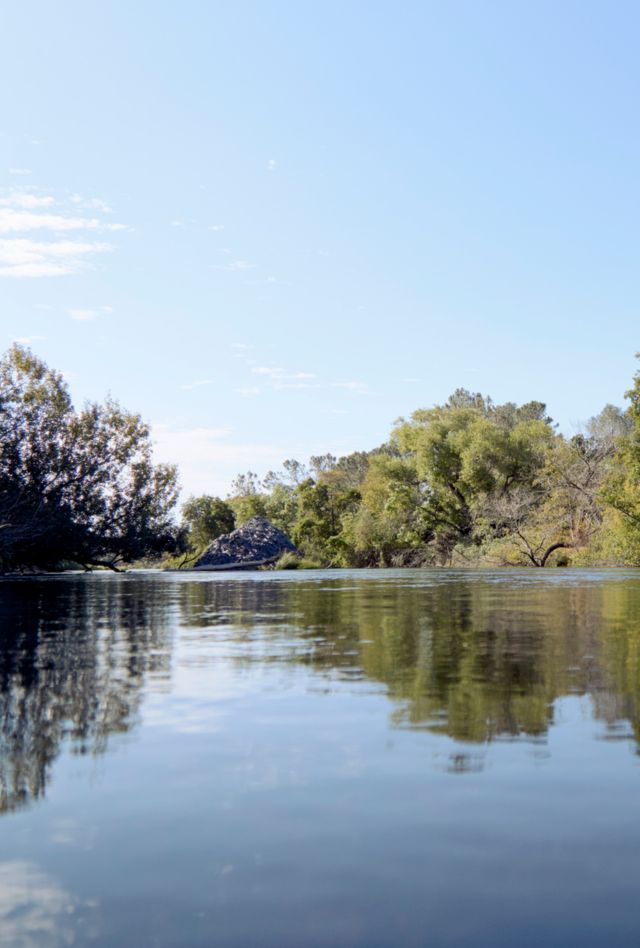Survey of Fishing, Hunting & Wildlife-Associated Recreation

Problem
A long-running recreation survey needed retooling.
Launched in 1955, the National Survey of Fishing, Hunting, and Wildlife-Associated Recreation produced diminishing results in recent years. Conducted every five years, the survey became costly to administer, lengthy, and prone to overlooking rural enthusiasts of hunting, fishing, and observing wildlife. As a result, response rates declined, hampering information-gathering for conservation efforts and prompting the survey’s sponsor, The Association of Fish & Wildlife Agencies (AFWA), to seek NORC's help in reimagining the survey's data collection methodology.
Solution
NORC incorporated nonprobability sampling and web outreach.
NORC revamped the survey to use an adaptive methodology incorporating nonprobability sampling and cost-effective web-based outreach. First, we eased respondent burden by reducing the number of questions in the survey. Then we replaced the traditional—and expensive—in-person survey methodology with one that relies on letters and postcards to invite participants from randomly selected U.S. households to take the streamlined survey on the web or over a toll-free telephone number. We also supplemented our address-based approach with a nonprobability sample of respondents provided by outside vendors. To address coverage issues, we drew rural respondents from NORC’s AmeriSpeak® panel. While creating survey datasets, we applied NORC’s TrueNorth weighting methodology to mitigate any potential bias from the nonprobability sample.
Result
Our efforts lowered survey costs and improved data quality.
We have drastically reduced survey administration and data collection costs and expect high-quality findings. Using new web-based technologies, NORC collected more than 200,000 interviews. With these improved methods, we expect a significant upgrade in the reliability of the survey findings, which will help fish and wildlife agencies better manage conservation programs.
Project Leads
-
Emily Alvarez
Senior Research Scientist -
Ned English
Associate Director -
Nadarajasundaram Ganesh
Principal Statistician -
Dan Malato
Senior Research Director -
David Sterrett
Principal Research Scientist -
Semilla Stripp
Research Scientist -
Lindsey Witt-Swanson
Senior Research Director -
Kanru Xia
Senior Statistician
















